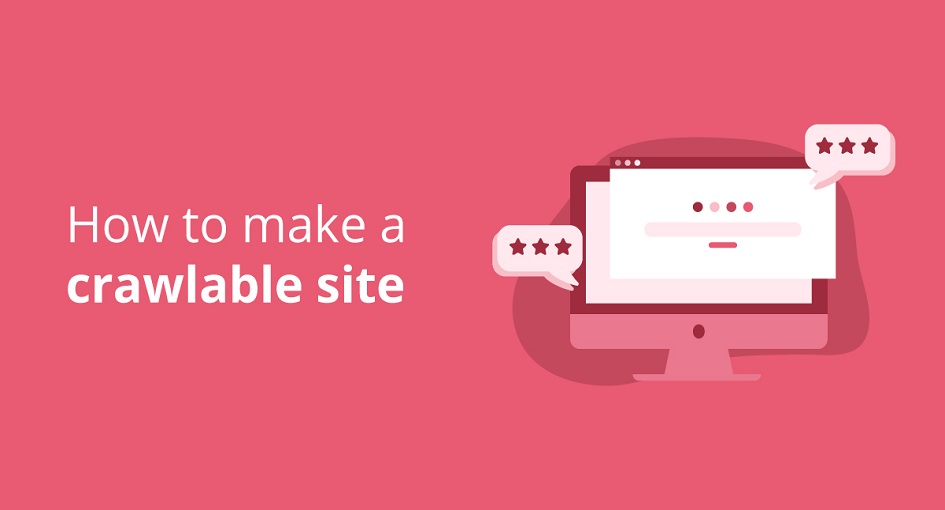
In the ever-evolving realm of SEO and website optimization, Google’s algorithms and guidelines play a pivotal role in determining a website’s visibility and performance. In recent updates, Google has emphasized the importance of crawlable links, further underscoring their significance in the ranking and indexing process. To ensure your website adheres to these new crawlable links best practices by Google, it’s imperative to stay informed and adapt your strategies accordingly.
Understanding the Role of Crawlable Site Structure Links
Crawlable links, also known as “followed links” or “dofollow links,” are the digital pathways that search engine bots traverse to discover and index web pages. These links guide search engine crawlers through your website, enabling them to index your content and understand its relevance. The way these links are structured and implemented can greatly influence how efficiently search engines crawl and rank your site.
The first and foremost principle emphasized by Google in its new Crawlable Site Structure best practices is the quality of links over their quantity. In the past, webmasters often pursued a sheer volume of links, sometimes without regard for their authenticity or relevance. Google’s latest updates prioritize the quality of links over their quantity, meaning that links from authoritative, reputable websites carry more weight in terms of SEO value.
Google’s algorithms have become increasingly sophisticated in detecting manipulative link-building tactics. The focus is now on naturally acquired links that reflect genuine endorsements or citations from other websites. This shift encourages webmasters to create high-quality, informative content that naturally attracts backlinks from relevant sources. Organic link-building strategies, such as producing compelling content, outreach to industry peers, and fostering relationships with influencers, are pivotal in this context.
The anchor text of a link is the clickable text that appears in a hyperlink. Google’s new Crawlable Site Structure links best practices place importance on using relevant anchor text that accurately describes the linked content. Avoid over-optimized or keyword-stuffed anchor text, as it can trigger Google’s spam filters and harm your site’s ranking. Instead, opt for anchor text that provides context and value to users.
As mobile usage continues to surge, Google’s guidelines extend to mobile-friendliness. Ensure that your website is responsive and mobile-friendly to accommodate users on various devices. Crawlable Site Structure links should be easily accessible and functional on mobile platforms, contributing to a positive user experience.
Page load speed is not only crucial for user experience but also for search engine crawlers. Slow-loading pages can hinder the crawling process and negatively impact your SEO efforts. Google recommends optimizing your website’s performance to ensure fast and efficient access to Crawlable Site Structure links. This includes minimizing server response times, optimizing images, and utilizing browser caching.
Security is another aspect that Google prioritizes in its new Crawlable Site Structure links best practices. To enhance user trust and SEO ranking, migrate your website to HTTPS. Secure, encrypted connections are now a standard recommendation for websites, and Google provides a ranking boost to HTTPS websites.
A well-structured website not only aids in user navigation but also facilitates search engine crawling. Ensure that your website’s structure is logical, organized, and user-friendly. Utilize breadcrumb navigation, XML sitemaps, and hierarchical link structures to guide search engine bots efficiently.
To stay compliant with Google’s Crawlable Site Structure links best practices, regular monitoring and auditing of your website are essential. Use tools like Google Search Console to identify crawl errors, broken links, or other issues that may hinder the crawling process. Address these issues promptly to ensure that your website remains easily discoverable by search engines.
Google’s new guidelines also place a strong emphasis on user experience and navigation. User-friendly websites that offer intuitive navigation and easy access to content tend to perform better in search rankings. Ensure that your Crawlable Site Structure links are integrated into a well-designed, user-centric website layout. Implement clear and straightforward menus, well-organized categories, and intuitive site search functionality to help both users and search engine crawlers find and navigate your content seamlessly. A positive user experience not only keeps visitors engaged but also signals to search engines that your website is valuable and deserving of a higher ranking.
In conclusion, adapting to Google’s latest crawlable links best practices is vital for maintaining and improving your website’s visibility and ranking. Prioritize quality over quantity in your link-building efforts, create organic and relevant links, and ensure that your website is mobile-friendly, secure, and efficiently structured. By following these guidelines and staying updated on Google’s recommendations, you can enhance your website’s crawlability and overall SEO performance, ultimately driving more organic traffic and achieving better search engine rankings.